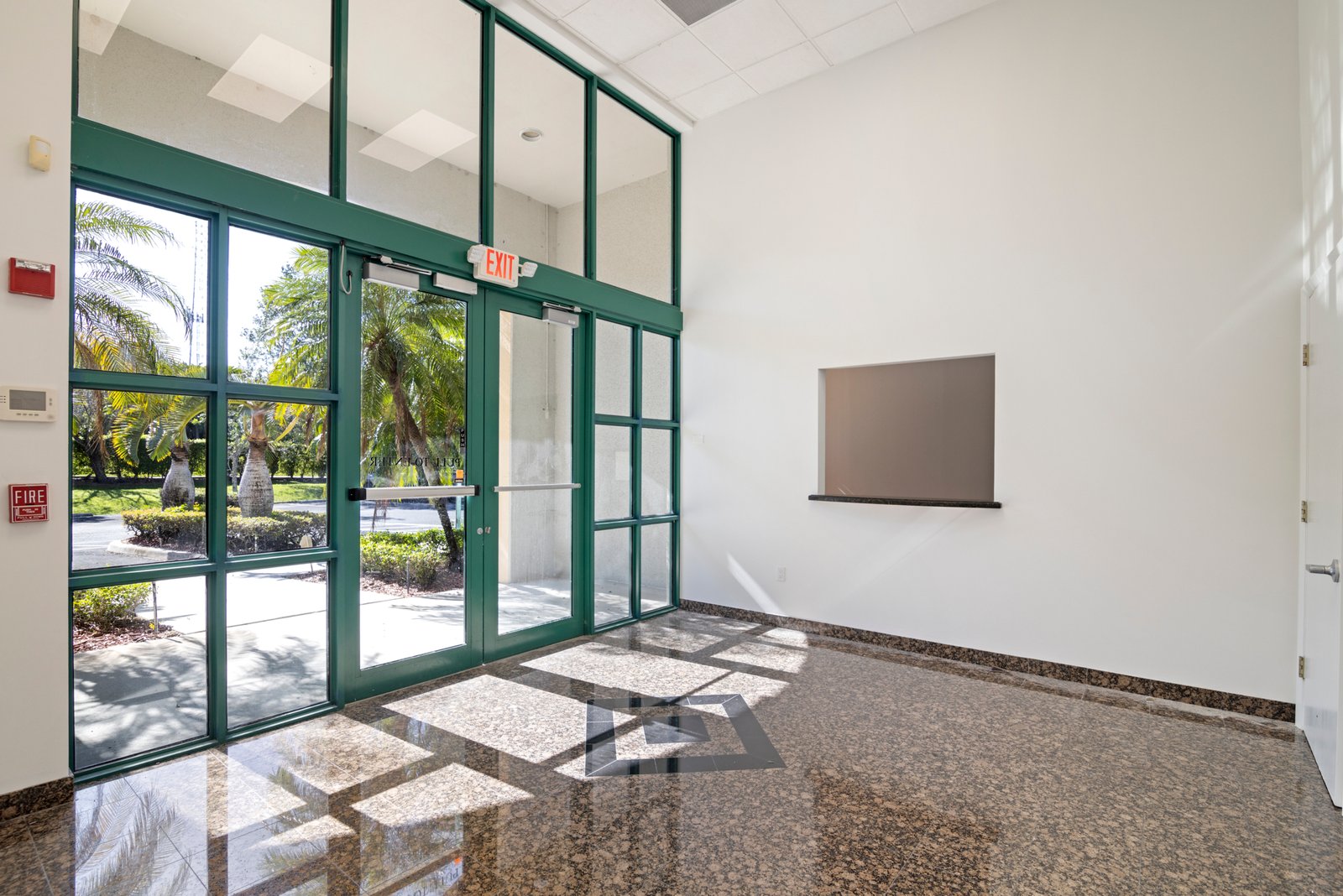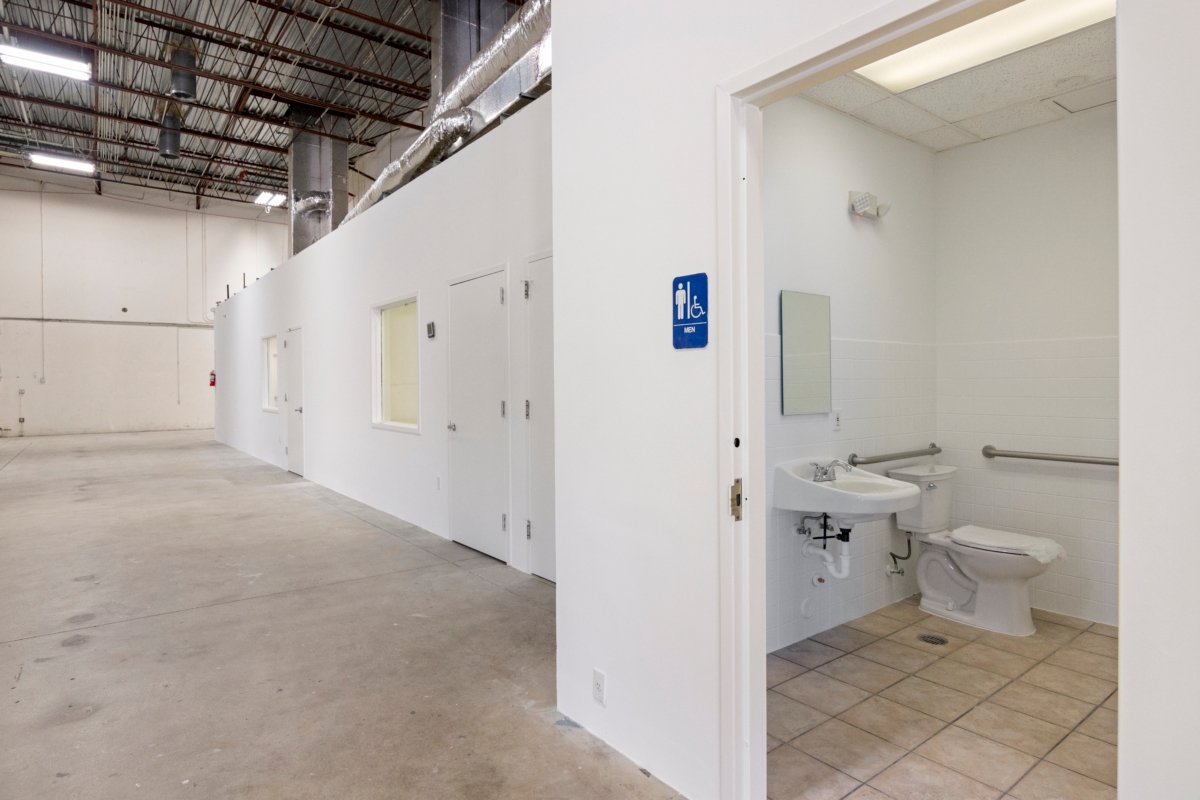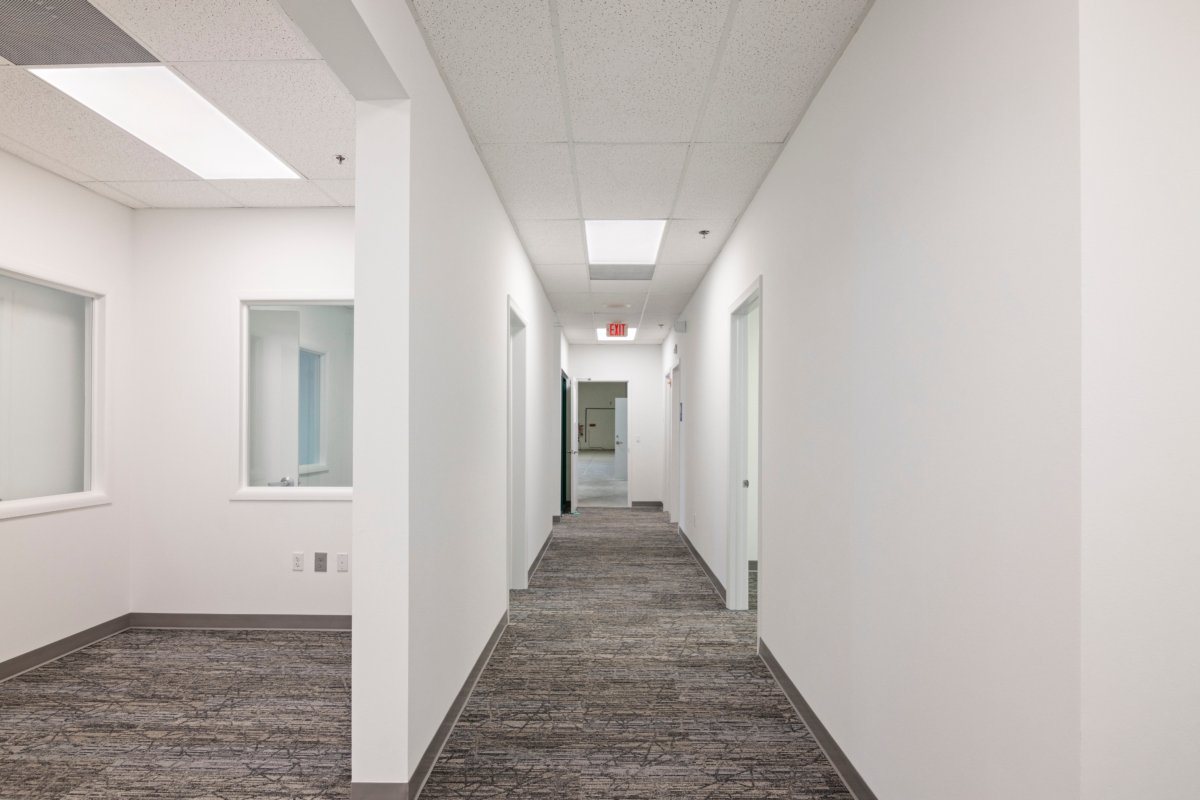
The Art of Real Estate Photography: How Editing Transforms Your Photos into Powerful Selling Tools
In the competitive world of real estate, high-quality imagery is essential for attracting potential buyers. Real Estate Photography plays a pivotal role in showcasing properties in their best light, giving buyers the first impression they need to make an informed decision. While capturing the perfect shot is important, the true magic happens during the editing process. Professional Real Estate Photography goes beyond just taking pictures—it’s about enhancing those images to highlight a property’s most desirable features, correct any imperfections, and make them stand out in a crowded market. In this blog, we’ll dive into why Real Estate Photography and editing go hand-in-hand to elevate your listings, increase engagement, and ultimately help you close more deals.
The Power of Real Estate Photography: Capturing the Right Moment

Real Estate Photography
Real estate photography isn’t just about taking photos of homes—it’s about telling a story. The challenge we face as photographers is to capture the essence of the space, highlighting its best features, and evoking emotions that resonate with potential buyers. The goal is to create an image that makes someone envision themselves in that space.
However, even with the most skilled photography techniques, sometimes the raw images don’t always do justice to the property. Lighting conditions, weather, or the size and layout of a space can sometimes make it difficult to get a perfectly balanced shot. This is where editing comes in. The post-production phase allows us to fine-tune our images, correcting any imperfections and making sure that every shot is as impactful as possible.
Why Editing is Just as Important as Shooting
1. Elevating the Visual Impact
Great photography captures the scene, but editing refines it. Whether it’s brightening up a dark room, adjusting the color balance, or fixing perspective issues, editing ensures that your photos have the right visual impact. In real estate, the difference between a good photo and a great one is often in the details that editing provides.
- Lighting Adjustments: Sometimes, even the best camera settings can’t overcome poor lighting. Editing allows us to brighten rooms that appear too dark or eliminate harsh shadows that might obscure important features.
- Color Correction: Colors that are too warm or too cool can be adjusted to ensure that the space feels inviting and natural. A slight tweak in the color palette can make a huge difference in how a room is perceived.
- Sharpness and Clarity: Enhancing sharpness and detail can make features like countertops, flooring, and architectural elements more pronounced and inviting to potential buyers.
2. Creating Consistency Across Your Portfolio
As a real estate photographer, it’s crucial that your images maintain consistency. Real estate listings often feature several photos of the same property, from different angles and perspectives. If the lighting or color in each shot is inconsistent, it can create an unprofessional look. Editing helps you maintain a uniform style and tone throughout the entire set of photos, giving your portfolio a cohesive feel.
Buyers browsing through multiple listings are likely to be comparing photos from various properties. When your images have a consistent style, it adds a sense of professionalism and reliability that builds trust with potential clients. A well-edited portfolio demonstrates your attention to detail and commitment to providing the best possible representation of each property.
3. Highlighting a Property’s Best Features
As photographers, we are trained to see the potential in every property. However, not every angle or room will look perfect without some post-processing. Editing allows us to emphasize the unique features of a home while minimizing distractions or imperfections that may otherwise go unnoticed.
- Sky Replacement: An overcast sky or dreary weather can significantly impact the mood of your outdoor shots. By replacing the sky with a bright, sunny one, you can create a more inviting and appealing image.
- Removing Unwanted Objects: Whether it’s a parked car in the driveway or trash cans cluttering the yard, photo editing allows us to remove these distractions, ensuring the property itself remains the focus.
- Virtual Staging: Many empty properties can feel cold or lack personality in photos. Virtual staging allows you to digitally add furniture and decor, helping buyers imagine how they can use the space.
4. Boosting Your Clients’ Success
Ultimately, the goal of every real estate photographer is to help their clients sell properties faster and for higher prices. With powerful, eye-catching images, your clients are more likely to generate interest in their listings, attract more potential buyers, and close deals more quickly.
Research has shown that listings with high-quality photos sell significantly faster than those with poor or mediocre images. For example, homes with professionally edited photos tend to sell 32% faster than those without. By perfecting your post-processing skills, you contribute directly to your client’s success—and by extension, your own.
How Real Estate Photography and Editing Work Hand-in-Hand

Real Estate Photography
Photography and editing are two sides of the same coin. Photography captures the initial moment, while editing enhances it, bringing out the full potential of each image. For photographers, understanding the interplay between these two elements is key to producing work that’s both visually stunning and commercially viable.
- Pre-Production Planning: As a photographer, you can already set the stage for easier post-processing. Properly staging the property, adjusting the lighting, and framing your shots with post-production in mind will make the editing process smoother and more effective.
- Understanding Your Tools: Familiarizing yourself with editing software like Adobe Lightroom, Photoshop, or Capture One is essential for refining your skills. Knowing how to make subtle adjustments to exposure, contrast, and color balance can take your images from good to great.
Incorporating editing into your workflow also allows you to be more creative with your photography. You’ll be able to experiment with new techniques, knowing you can enhance the final product in post-production. With time, you’ll develop your own editing style that complements your photography and helps you stand out in the market.
Building Your Reputation as a Real Estate Photographer
As a real estate photographer, your reputation depends on the quality of your work. While your photography skills are the foundation, your editing skills are what truly elevate your images and help you stand out. Professional editing not only makes your photos look better, but it also shows your clients that you are invested in making their listings shine.
Investing time in learning and mastering editing techniques will set you apart from the competition, allowing you to provide a complete, high-quality service to your clients. The better your photos, the more likely you are to get repeat business and referrals, leading to a thriving photography career.
Conclusion: Embrace the Power of Editing to Take Your Photography to the Next Level
Real estate photography is both an art and a science. As photographers, we capture the essence of a property, but it’s editing that turns that vision into a polished and compelling image. By mastering the art of photo editing, you not only enhance your photos but also add value to your services, helping your clients achieve faster sales and higher profits.
Remember, photography is just the beginning. Editing is where the magic happens, and it’s what turns your images into powerful selling tools. By learning how to combine your photography skills with post-production expertise, you can truly transform your business and deliver exceptional results for your clients.
Contact me for the best real estate photo editing service.






